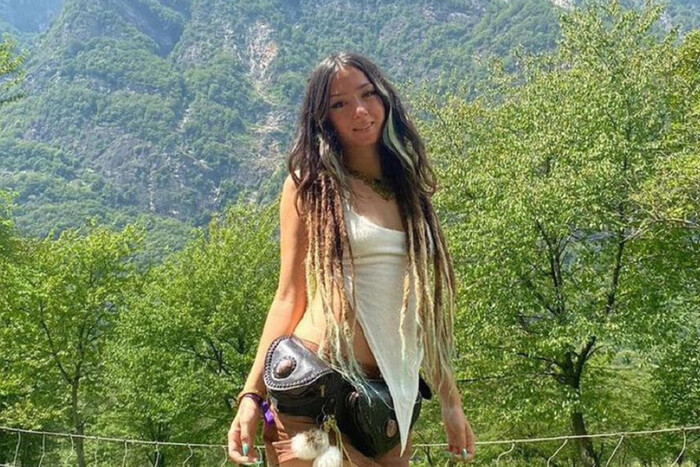Sub-Saharans trying to jump the Melilla fence, the Russian massacre in Bucha in the Ukraine war, immigrants in small boats risking their lives en route to the Greek island of Lesbos, deaths in nursing homes in Catalonia during the pandemic... The photojournalist Santi Palacios (Madrid, 36 years old), winner of a World Press Photo, has portrayed the worst human dramas for more than a decade and his images have been published on the covers of the main newspapers in the world.
He has now presented in Arenys de Mar (Barcelona) together with a group of professionals from different disciplines the
web
Sonda Internacional
, “a non-profit communication medium, specializing in visual journalism, on the climate crisis”, says almost on the phone from the Catalan capital, where he lives.
Ask.
Why a website about the climate crisis?
Response.
Because it is the biggest problem at a global level, our great challenge and for the next generations, after years in which I have been seeing conflicts in which the climate crisis is always in the background.
It is “visual journalism” because we have mostly founded Sonda graphic reporters.
We believe that we are not being able to see in images the dramatic consequences on the climate that scientific reports tell us.
For this reason, our motto is “See to understand”.
Q.
What are these great dramas at the planetary level?
R.
The disappearance of tropical forests, the rise in sea level, desertification, in addition, they are all interrelated.
And then there are climatic migrations, of which there are more and more, those suffered by those who are forced to leave their territory due to climate problems.
P.
And in Spain?
A.
The fires.
If you gather 10 people at a table, you will have 10 different opinions on how to solve that issue.
Q.
What will Sonda's first projects be?
Q.
The first will deal with life under conditions of extreme contamination.
He will have photos, videos, infographics and there will also be interaction with the reader.
We are going to do few, but great reports.
It's not just about giving stunning images, we also want to find explanations for those problems and see what can be done.
Q.
How will each project be approached?
R.
There will be several journalists working for months on a topic.
The reports will be accompanied by interviews with experts to answer everyday questions.
We will also make comparisons on how a territory has evolved, see the before and after.
The third element is solutions journalism, it is about documenting the projects that do work through scientists, not just giving the negative;
and we will also have visual talks: a photographer who will present his work to an audience.
Front page of the 'International Sonda' website.
Q.
Will postcard images be accommodated?
R.
Yes. There is a classic phrase of conservationism: "What is not known is not protected."
Q.
However, it is an expensive project, how will it be financed?
R.
There will be donations, an
online
store ,
crowdfunding
and we will also go to European institutions.
Q.
With what Sonda results would you feel satisfied?
A.
With the fact that three years from now we have managed to publish one or two major works a year and have created a base of readers so that the structure is maintained.
Q.
What would you say to a climate change denier?
R.
They are a reason for the
International Probe
to exist .
It is necessary to close absurd debates in which they deny what the majority of scientists say.
P.
You studied Sociology, why did you leave it for photography?
R.
I started both activities at the same time, but it is something that I am still trying to answer myself.
I like the dynamic component of photojournalism, although sometimes I have the feeling that I'm doing sociology with the camera.
Q.
How do you go from photographing a war or desperate immigrants to being on the rampage in Barcelona?
A.
Everyone finds their way of doing it.
I usually take two or three days to be calm, if you can.
I like to go swimming.
If you jump right into your everyday life you feel like a Martian.
No one teaches you how to manage those beastly changes.
Q.
You are a regular speaker, what do you like to tell?
R.
Transmitting to the public the stories behind the images you make is very interesting because the photo does not tell everything.
The back room of photojournalism, knowing why some images are published and not others, why some are made and not others.
With your photos you only show a few seconds of what you have lived for weeks.
You can follow CLIMA Y MEDIO AMBIENTE on
and
, or sign up here to receive
our weekly newsletter
Subscribe to continue reading
read without limits
Keep reading
I'm already a subscriber

/cloudfront-eu-central-1.images.arcpublishing.com/prisa/C5TCNKXA5NBALDHPECCFKKBVAY.jpg)






/cloudfront-eu-central-1.images.arcpublishing.com/prisa/AV2KB2TX55ASBDPTNY4XHY7QW4.jpg)






